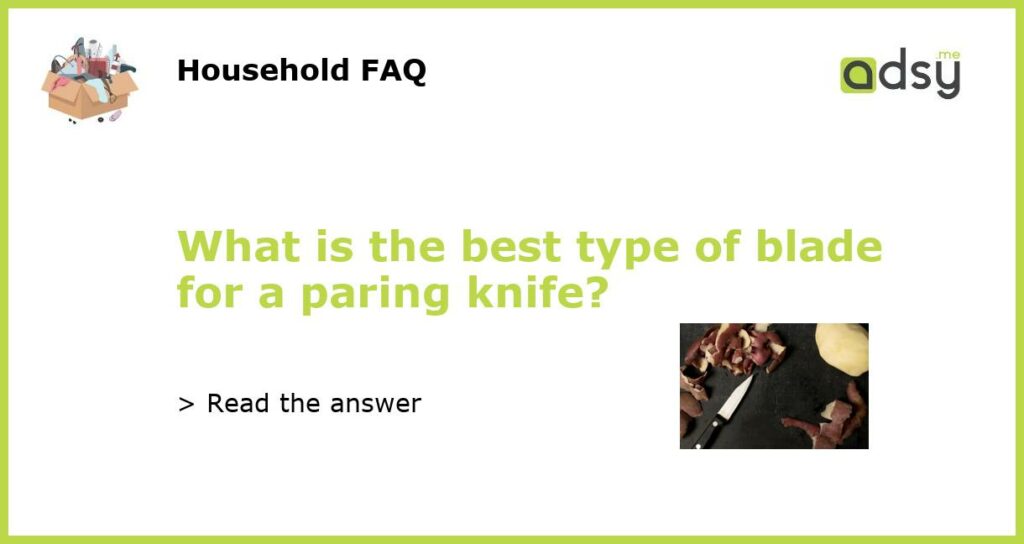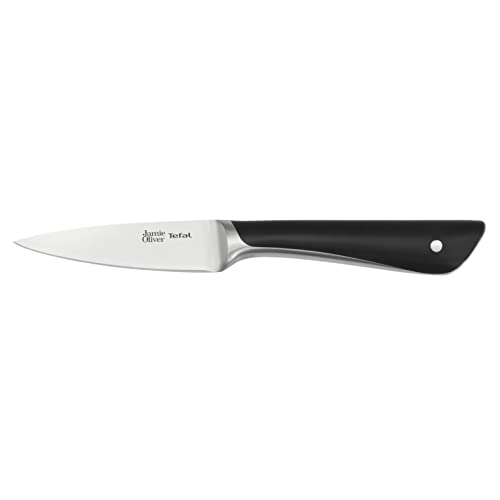Types of Blades for Paring Knives
A paring knife is an essential tool in any kitchen. It is mainly used for peeling fruits and vegetables, but it can also be used for intricate tasks such as trimming, garnishing, and deveining. When it comes to selecting the best type of blade for a paring knife, there are a few factors to consider. The blade material, shape, and edge all play a significant role in determining the performance and versatility of the knife.
Stainless Steel Blades
Stainless steel blades are a popular choice for paring knives. They are durable, resistant to corrosion, and easy to maintain. Stainless steel blades also offer good edge retention, meaning they will stay sharp for a longer time. This makes them ideal for everyday tasks in the kitchen. However, stainless steel blades may not be as sharp as other types of blades, so they may require more effort when cutting through tougher or fibrous foods. Additionally, stainless steel blades can be more difficult to sharpen.
Carbon Steel Blades
Carbon steel blades are known for their exceptional sharpness and edge retention. They can easily slice through even the toughest foods with minimal effort. The high carbon content in these blades also makes them more resistant to staining and rust. However, carbon steel blades require regular maintenance to prevent corrosion. They need to be dried thoroughly after each use and occasionally oiled to keep them in optimal condition. Carbon steel blades can also be more expensive compared to stainless steel blades.
Ceramic Blades
Ceramic blades are relatively new to the world of kitchen knives but have gained popularity for their exceptional sharpness and durability. These blades are made from zirconium oxide, a material that is second only to diamonds in terms of hardness. Ceramic blades stay sharp for an extended period and do not require frequent sharpening. They are also non-reactive, meaning they will not transfer any metallic taste to the food. However, ceramic blades can be brittle and prone to chipping or breaking if not handled with care. They should not be used on hard surfaces or to cut through bones or frozen foods.
Serrated Blades
Serrated blades feature a series of small, scalloped teeth along the cutting edge. These blades are excellent for cutting through tough or crusty foods, such as bread or tomatoes. The serrations grip the surface of the food, allowing for cleaner and smoother cuts. However, serrated blades may not be as versatile as straight-edged blades when it comes to precise cutting tasks. They can also be more challenging to sharpen due to the serrations. It is essential to have a specialized sharpener or professional service for serrated blades.
Straight Edge Blades
Straight edge blades are the most common type of blade found in paring knives. They have a smooth, uninterrupted cutting edge, making them versatile for various cutting tasks. Straight edge blades can easily slice through different types of food, making them a go-to choice for most kitchen needs. They are also relatively easy to sharpen using a honing steel or a knife sharpener. However, straight edge blades may not be as effective on tough or fibrous foods, which may require more effort to cut through.






